Techniques and strategies that control, reduce or eliminate pests and diseases that have already become established:
1. Mechanical measures: *Check the crop regularly for the presence of pests and diseases.*Capture insects (best for winged/flying insects) Sticky traps: plastic or other non-porous surface covered with a sticky substance and of a certain color (white flies prefer yellow, thrips prefer blue, etc.). Trap plants or pheromone traps (both attract insects and can then be removed from the greenhouse). *High temperature treatment not appropriate for mature tomatoes, peppers, etc. Hot water or air on seeds/bulbs/tubers/cuttings can remove mites, nematodes, bacteria and some viruses.
*The directions for use (application, time of day, location in crop). *The directions for storage (temperature and “use-by” date).
*The quality of material (supplier guarantees quality and quantity). *The “biology of the beneficials”.
*The reduction of beneficial insects by the removal of lower leaves or other prunings where they might be developing. Useful practice: pile prunings at one end of the house for a day or two to let beneficials migrate back into crop. Opposite practice: if pest population has soared, pruning can be removed immediately to cut pest numbers.
*The possible use of “banker plants” – plants that attract pests and can also be hosts for beneficials.
4. Chemical control: Only used as a “last ditch” corrective measure. *Start with “natural pesticides”: Soaps/surfactants: they plug insect breathing tubes Neem oil: Neem tree/India: interrupts insect metamorphosis or Sulfur: effective mitacide but also kills insects and bees
*The directions for use (application, time of day, location in crop). *The directions for storage (temperature and “use-by” date).
*The quality of material (supplier guarantees quality and quantity). *The “biology of the beneficials”.
*The reduction of beneficial insects by the removal of lower leaves or other prunings where they might be developing. Useful practice: pile prunings at one end of the house for a day or two to let beneficials migrate back into crop. Opposite practice: if pest population has soared, pruning can be removed immediately to cut pest numbers.
*The possible use of “banker plants” – plants that attract pests and can also be hosts for beneficials.
4. Chemical control: Only used as a “last ditch” corrective measure. *Start with “natural pesticides”: Soaps/surfactants: they plug insect breathing tubes Neem oil: Neem tree/India: interrupts insect metamorphosis or Sulfur: effective mitacide but also kills insects and bees
- Use selective pesticides (do not kill or harm beneficials or plants).
- Use selective application techniques.
- Use pesticides with short persistence times.
- Check the compatibility of all pesticides with beneficials























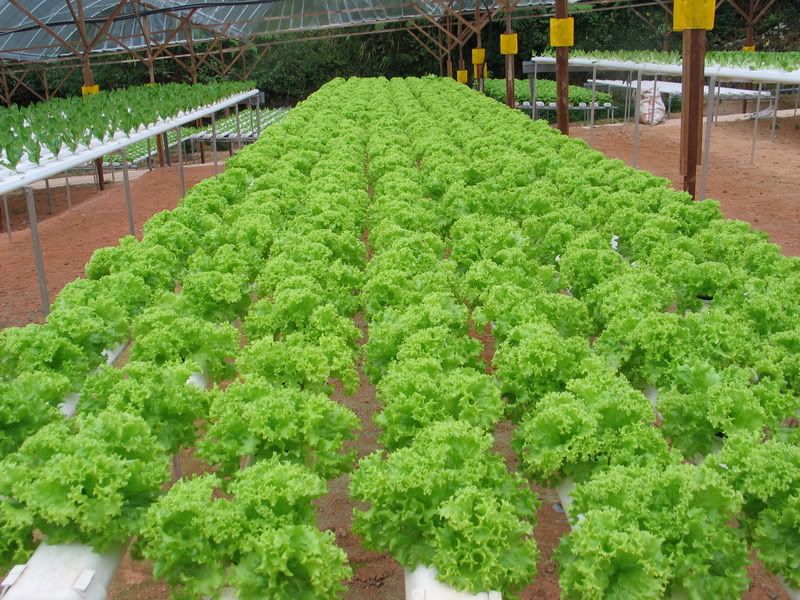
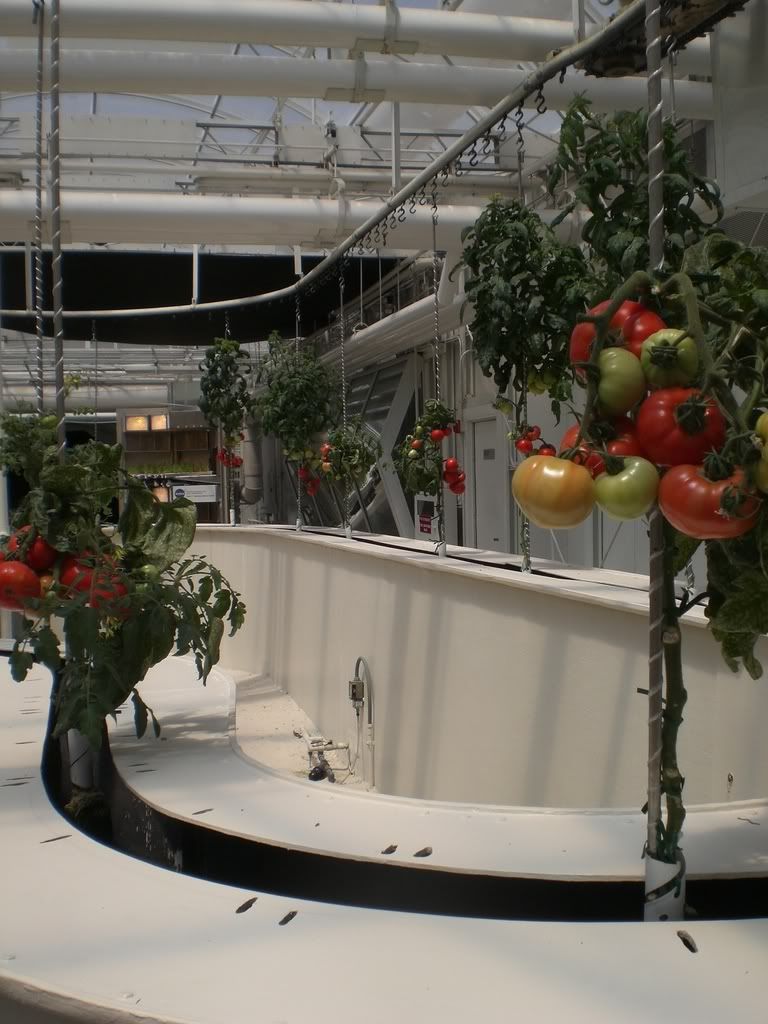
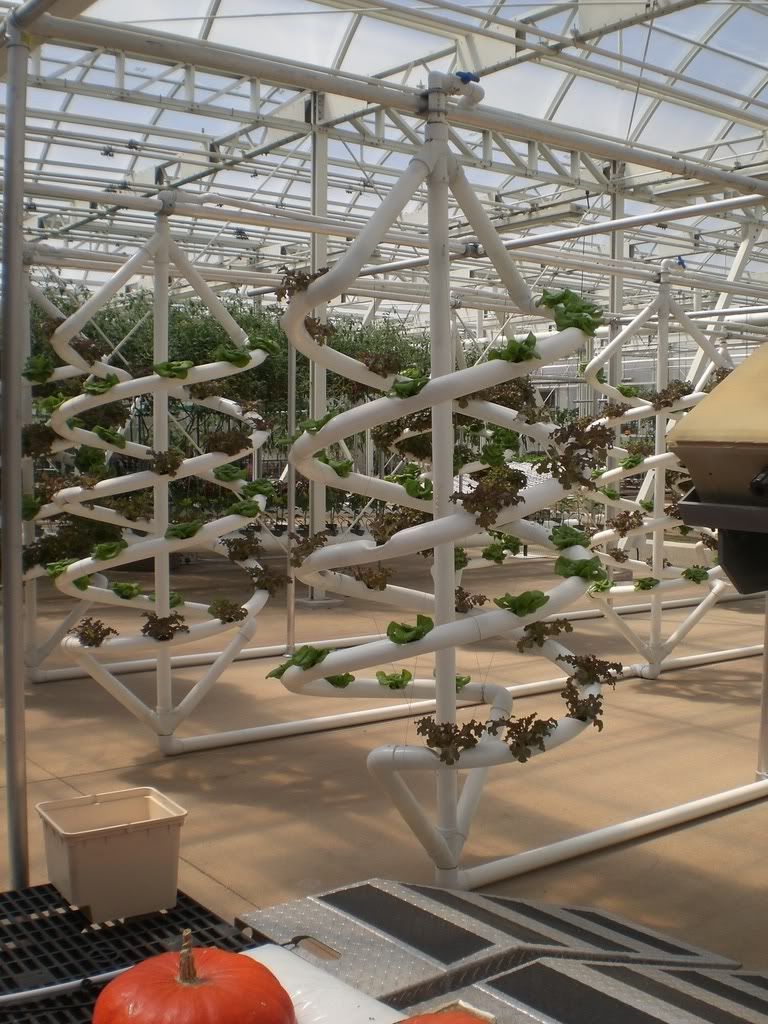
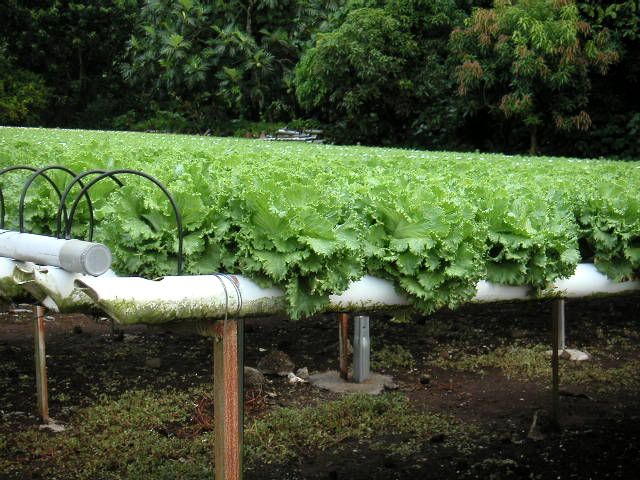
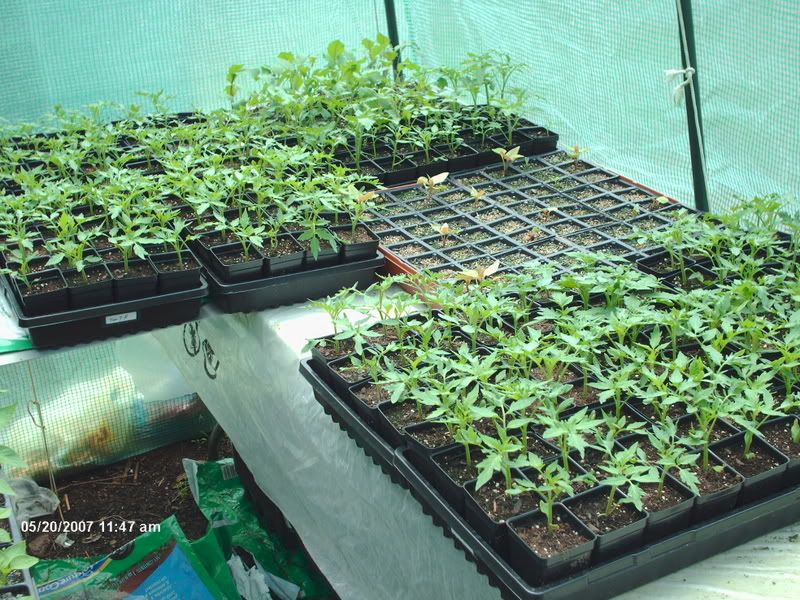
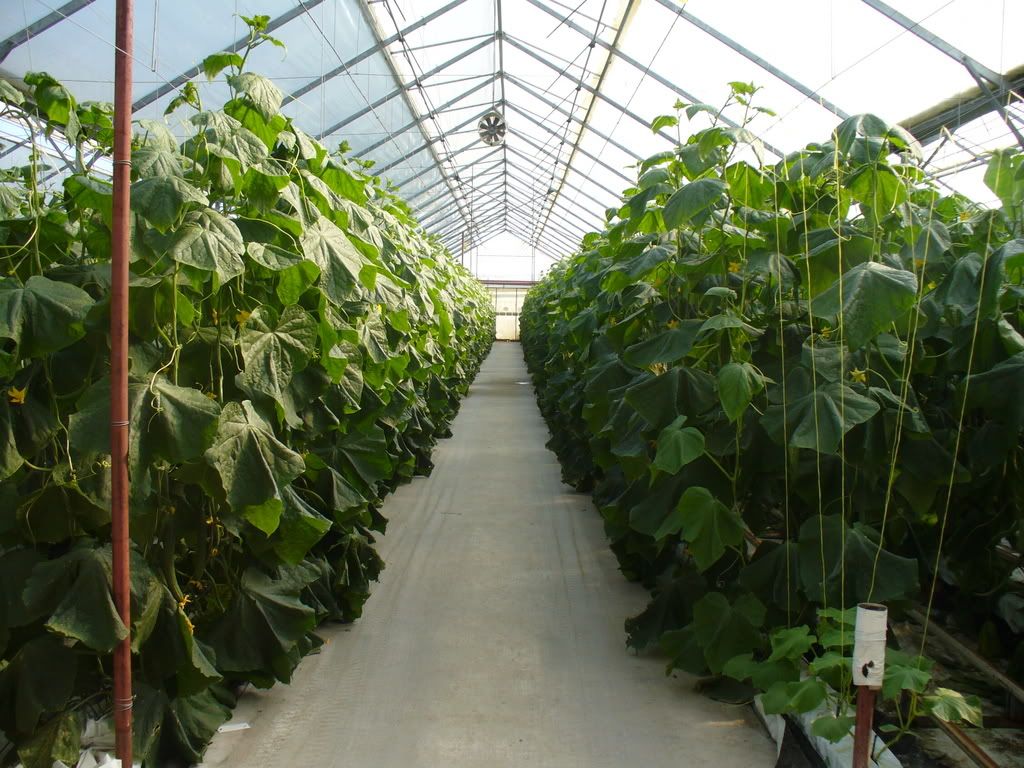
No comments:
Post a Comment